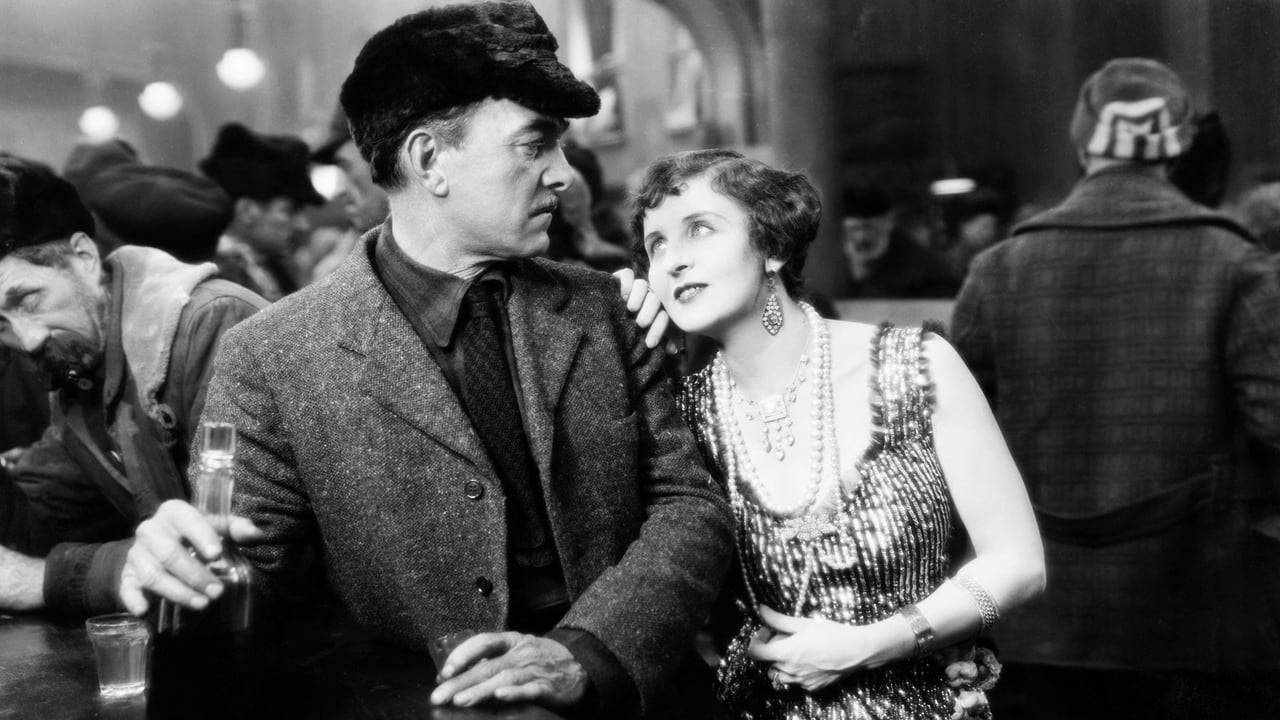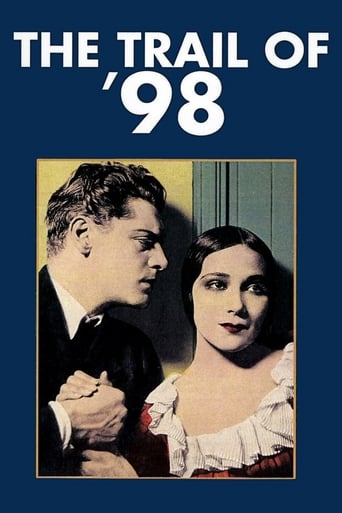

Absolutely Fantastic
... View MoreThe performances transcend the film's tropes, grounding it in characters that feel more complete than this subgenre often produces.
... View MoreThe movie turns out to be a little better than the average. Starting from a romantic formula often seen in the cinema, it ends in the most predictable (and somewhat bland) way.
... View MoreA terrific literary drama and character piece that shows how the process of creating art can be seen differently by those doing it and those looking at it from the outside.
... View MoreThis is one of my favourite films of the late silent era.It has a mixture of drama, suspense,action and comedy to satisfy most tastes. The comedy is provided by Karl Dane, as a Scandinavian saphead who falls for about every con that comes his way. The hero and heroine suit each other well. The villain is about as bad as you could want and the fight scene with the hero is one of the most realistic I have ever seen.There are some pretty good special effects and some strong supporting characters. The way in which people come to accept the fate of their companions tells us how harsh conditions must have been and how hard those prospectors had to become to survive. Add to this a theme song, background music and sound effects....what more could you ask for?
... View MoreTrail of '98, The (1928) *** (out of 4) One of the best of the "last period of silent films" takes a look at various characters who leave their peaceful homes and go into the dangerous and deadly Klondike in hopes of striking gold. Delores Del Rio and Ralph Forbes play a young couple who have everything ahead of them but the husband's greed gets them into one dangerous situation after another. This MGM production was highly troubled to say the least and a lot of this is due to a dangerous stunt where four stunt men were killed trying to ride boats down some very dangerous rapids. Two of the bodies were never found and if you've seen the documentary Hollywood there's a very haunting story about how badly the stunt went wrong. No film is worth anyone being killed and when you see this scene and the men who were killed you can't help but wonder why anyone would even attempt to ride these rapids and seeing the stuff in the actual film was quite eerie. The film certainly makes you feel the bitter cold of the territory as director Brown has no problem at putting you right into the middle of this gold craze. I really enjoyed the start of the film as we travel a map of the U.S. and hit various states where we see the people hearing about the gold rush and leaving their homes. The next sequence has then in San Francisco where they're about to board a ship and on the ship we see how these characters all plan on making millions yet none of them realize the danger and terror that is ahead. I thought the film did a terrific job at making you feel and understand what was striking the country during 1898 when people thought their futures were in Alaska yet none of them realized the only thing waiting their was death. The "stories" of the characters really don't add up to too much as it's pretty much your typical disaster film stuff. What does work is the amazing footage of the wilderness as well as some terrific action scenes. The before mentioned rapid scene look amazing but knowing four people were killed takes away the entertainment. Another scene has hundreds of people being killed during a snow slide and I must say that while the effect is easily seen today, the scene still packs quite a punch and the effect certainly grabs one. The cast do a fine job with their roles but then again the film isn't too worried about the story or their performances. The main thing going for THE TRAIL OF '98 is the amazing stunts and the way that the director really puts you right there just as if this was a documentary on the events.
... View MoreAfter gold is discovered in Alaska, some lower 48 United States residents decide to go there, and become millionaires. The journey proves arduous, and several die. Attractive Dolores Del Rio (as Berna) and Ralph Forbes (as Larry) are two who hope for riches - they meet aboard ship (the first leg of the journey), and fall in love. Out to stake a claim, Mr. Forbes teams up with "dumb Swede" Karl Dane (as Lars Petersen), grizzled Tully Marshall (as Salvation Jim), and sneaky George Cooper (as Samuel "The Worm" Foote). But, while Forbes is out of the picture, wicked Harry Carey (as Jack Locasto) tries to steals Ms. Del Rio's virtue..."The Trail of '98" is a top MGM silent, nicely directed by Clarence Brown. The synchronized sound effects are great, especially during the grand fire sequence occurring near the end of the picture. Most of the first hour consists of grueling location scenes (four stuntmen were reportedly killed during the making of the picture). They are definitely worth seeing. The characters are introduced, but left too long with only sketchy story lines - and, what's plotted is woefully ordinary, considering the production values.****** The Trail of '98 (3/20/28) Clarence Brown ~ Dolores del Rio, Ralph Forbes, Karl Dane, Harry Carey
... View MoreRecently I had the chance to view this film on TCM and it is truly an epic. The storylines are realistic and the characters believable.Most impressive however is the exterior shots showing the Alaskan winter. I got cold just watching them! There are avalanches, blizzards and everything. It makes one appreciates the suffering those brave, if not foolish, souls endured in 1898.
... View More